
- Home |
- Search Results |
- Get to know our 2021 debut authors
We know it can be difficult to decide what to read, but we also know that you want to be ahead of the game, finding new talent and reading books that everyone will soon be talking about.
So here, we’ve picked 16 authors with debut novels out this year, and spoken to them about their books, their inspirations and more.
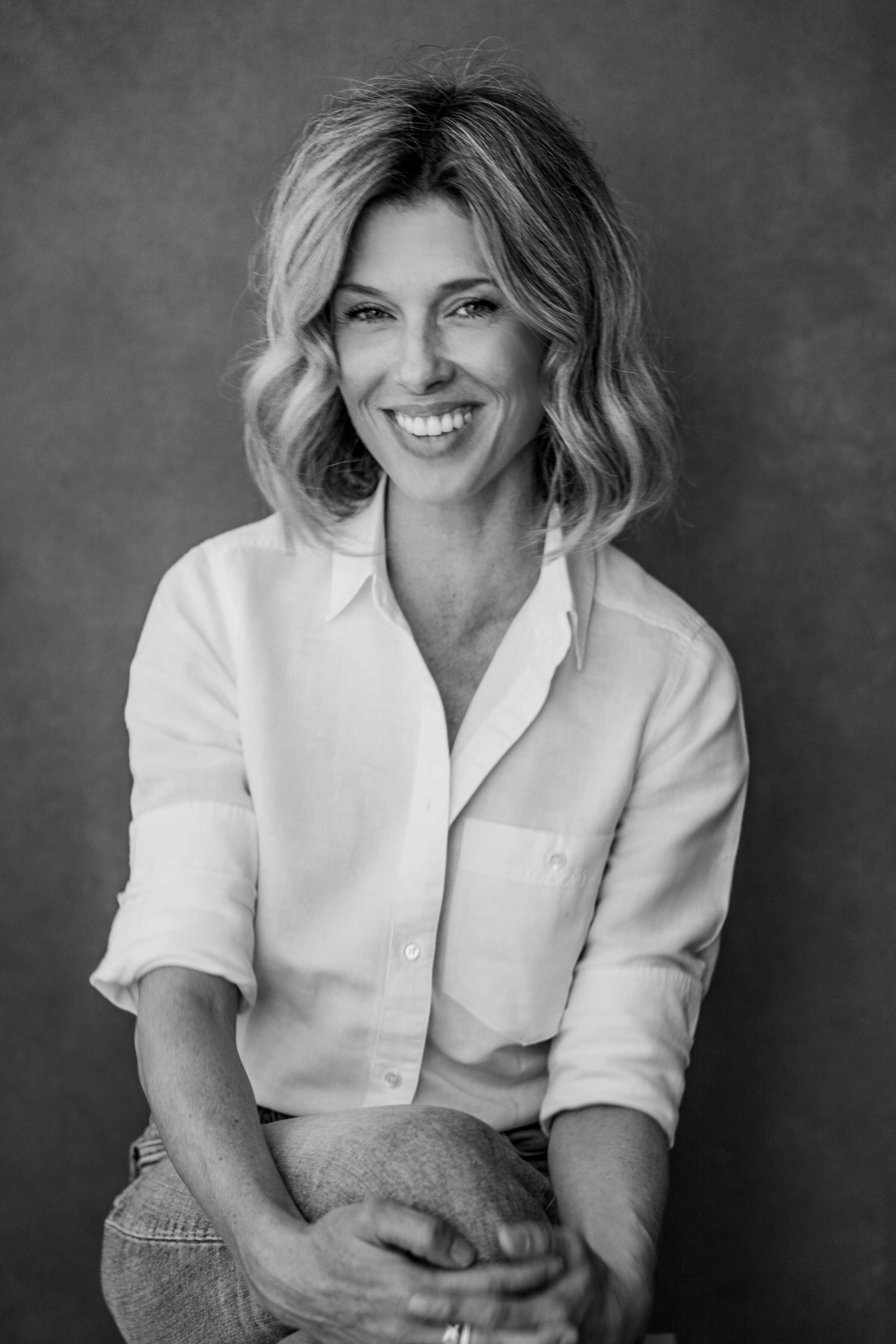
The Push by Ashley Audrain (7 January)
Ashley Audrain started writing The Push when her son was six months old. She’d been considering how society conditions people to assume motherhood will be an idyllic experience, when the reality for most people is very different.
"Fear and anxiety are a natural part of motherhood, and yet we don’t often make space for those conversations,” says Audrain. "I wanted to explore some of the darkest of those fears: What if a mother didn’t love her child? What if a child did something she couldn’t forgive? What would that feel like? The characters of Blythe and Violet were born from there.”
In The Push, Blythe, haunted by her own mother and upbringing, suspects something is not right with her baby Violet. Her husband Fox says Blythe is imagining the issues, but something still feels very wrong.
Writing The Push was painful, not because of the subject matter, but because of the challenge of writing itself. "I learned so much about the craft of writing a book, but I also learned a lot about myself,” says Audrain. "To start with the craft, perhaps the biggest lesson was the value of doing numerous, heavy, sometimes painful revisions. It’s so hard to delete huge chunks of a manuscript or concede that a character needs to be someone completely different.
"How awful to feel you’ve lost hours (or weeks) of precious writing time! But I learned that it’s always worth it. I ended up with such a different book than the one I started with.”
That book will, Audrain hopes, leave "readers feeling inspired to create space for honest conversations among the women they hold dearest”.
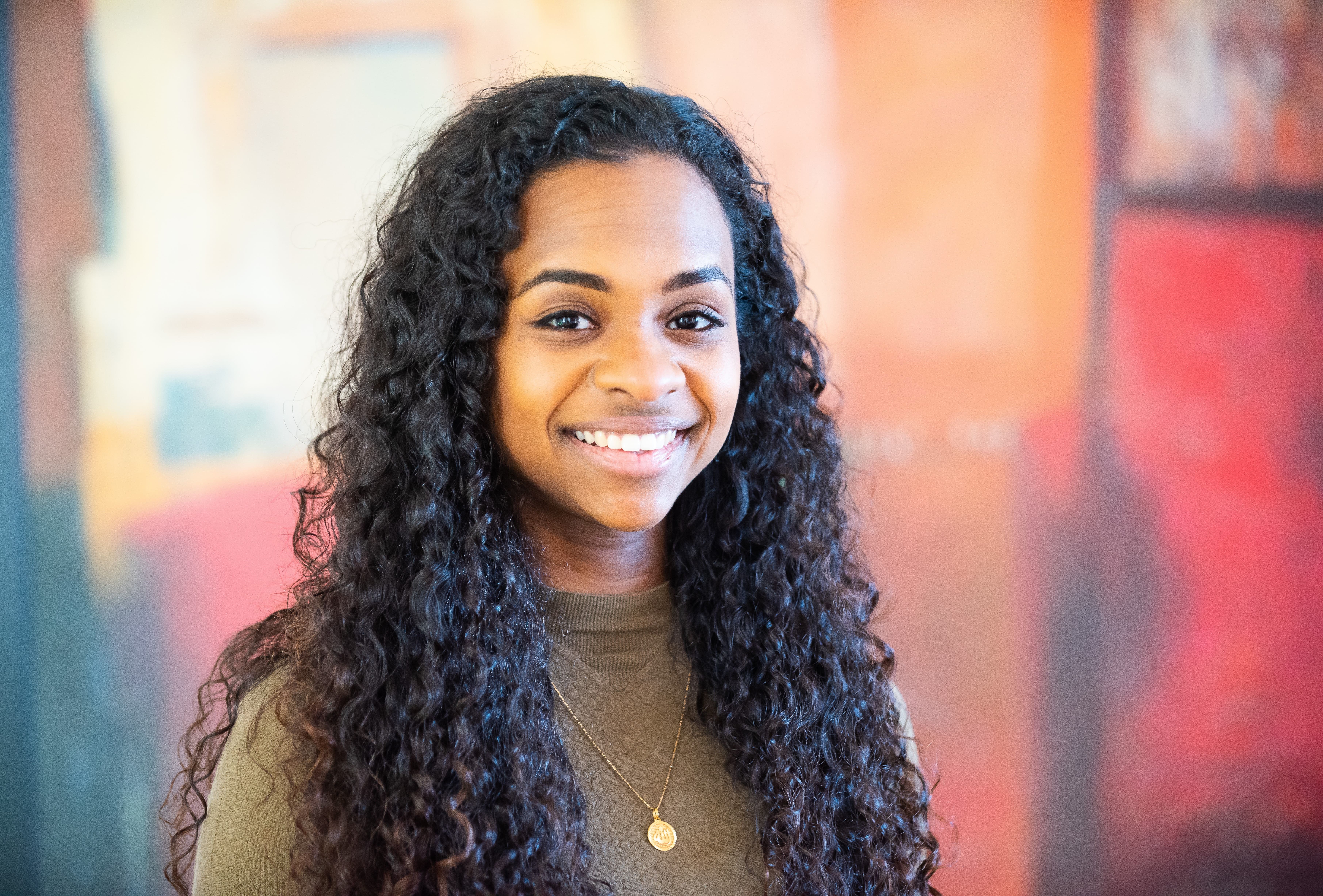
We Are All Birds of Uganda by Hafsa Zayyan (21 January)
Hafsa Zayyan has perhaps had a longer wait than most writers for the release of her debut novel, and her readers have too: Zayyan won the inaugural #Merky Books New Writers' Prize in 2019 for We Are All Birds of Uganda, and her highly-anticipated book was due out in 2020. But it was moved because of the pandemic.
The Merky competition asked for stories that weren’t being told, and Zayyan responded with a tale of South Asian expulsion from Uganda in the early 1970s, something she’d learned of shortly before beginning work on the novel.
"It was something people of my generation knew very little about, despite the fact that it was – and remains – a huge part of British colonial and postcolonial history,” Zayaan explains. "The idea to write about this experience, the phenomenon of twice migration, was always there, but the Merky Books competition really gave me the push to put pen to paper.”
Zayyan, whose favourite author is Toni Morrison, says she was inspired by Khaled Hosseini when writing the novel: “I like the way his books are easy to read but deal with big issues.”
We Are All Birds of Uganda took Zayyan just six months to write, a huge achievement for any author, but especially one who’s written a book so accomplished, and which tells a story while also teaching readers about a period of history.
"The book deals with such a wide range of themes and topics, fertile ground for discussion – which is what I hope after reading readers would be encouraged to do with one another,” says Zayyan. "The big questions left at the end are: Where does anyone really belong? And are we as a society talking enough about the issues arising from historic mass migration?"
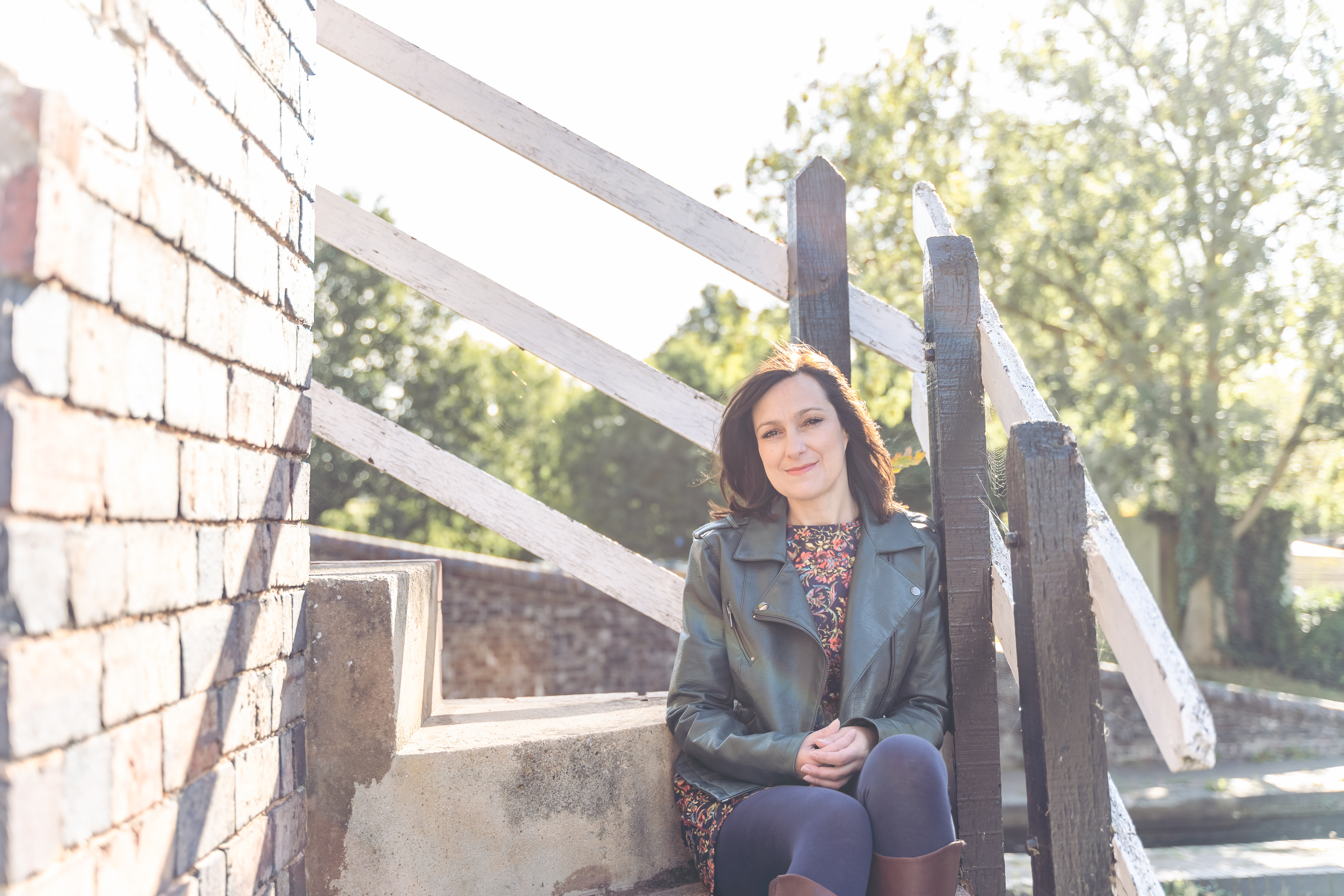
Cunning Women by Elizabeth Lee (22 April)
Elizabeth Lee hadn’t planned on writing a historical novel, but the tragic true story of the Pendle Witch Trials cast a spell on her. “I became fascinated by the situation of the family involved – they were poverty-stricken and outcast, yet also feared because they were believed to have a great power,” she says. While Cunning Women isn’t directly about Pendle, Lee wanted to capture that atmosphere of suspicion and superstition in her 1620-set novel. “We don’t often get to hear the voices of the accused in these cases,” she says, “and so I wanted to give voice to that perspective too.”
Lee, who is from Warwickshire, won the Curtis Brown Creative Marian Keyes Scholarship but that didn’t mean working on her debut wasn’t a juggle. “I wrote the book during a particularly busy time in my life – both my teenagers were still at home and I was working two jobs, so it was really a case of fitting in writing whenever I could,” she says. “I mostly squeezed out a few words sitting at my kitchen table while I was supposed to be cooking the dinner – we had quite a few burned meals at that time!” As a result of winning a place on the scholarship she found an agent. “Finding an agent, and then an editor, that had the same vision for the book as I did was a truly wonderful experience,” Lee says. “All their notes were so in tune with what I wanted Cunning Women to be that the editing process was actually quite exciting and I really felt it helped to make the book the best version it could be.”
The result is a book that blends a heartbreaking love story with the intolerance of women who were different in the 17th century. At its heart is Sarah, a woman born with a birthmark that matches her mothers – and marks her out as witch. As Lee explains, “When Sarah meets Daniel, the son of the local farmer, they build a connection and it seems that a better future might be possible. But a zealous new magistrate arrives in the village determined to root out all sinners, especially witches, and when a terrible, brutal act takes place, everything Sarah holds dear is threatened.”

Open Water by Caleb Azumah Nelson (4 February)
There are great loves, and then there’s the love in Caleb Azumah Nelson’s Open Water. It’s the story of a photographer and a dancer, whose connection is instant. But as they navigate being Black in a hostile world, and come to terms with grief and loss, their happily ever after is challenged.
Azumah Nelson, who cites Zadie Smith as an inspiration (her novel NW and her writing in general is referred to multiple times by the characters), lost three grandparents, his godfather and an aunt in the year leading up to writing Open Water. He was also working on a collection of essays on a variety of subjects, from music to art to mourning.
"It was a lot, a really heavy time in which I felt like I was in a cloud of my own grief,” he says. "The essays came about as I was trying to afford my grief, and in turn, myself, more form and detail. I didn’t want to feel so hazy anymore. So I was spending a lot of the time at libraries, gallery spaces, cinemas, concerts, trying to go past the level of knowing, towards feeling, and asking where those feelings come from. That’s a question which is written throughout Open Water. How do you feel?”
The characters emotions and feelings are palpable, and love touches every sentence of the novel. Azumah Nelson says he learnt “how wonderful and freeing love can be” while writing the book, adding: "There’s a level of vulnerability which love demands. To ask someone to see you is to ask someone to see all of you and trusting someone with all of you can be difficult. To see all this beauty and rhythm and joy but also to see your uglier parts, your pain, your grief. But it’s wonderful when it does happen, when you are no longer being looked at, but being seen.”
Open Water is clearly a very personal novel for Azumah Nelson, who says that he had to make himself vulnerable to write it.
"There’s a poet, Morgan Parker, who talks about her process, of ‘digging so deep you touch bone’,” he says. "I feel like I did this and then some. It is a joy to write but at times, quite heartbreaking. I guess, I’d love for readers not just to know what I’m saying, but to feel it too. The book is written in the second person so it’s very intimate, and in that way when a question is asked, I’m asking both myself and the reader. When I’m asking, How do you feel? That question comes both ways."
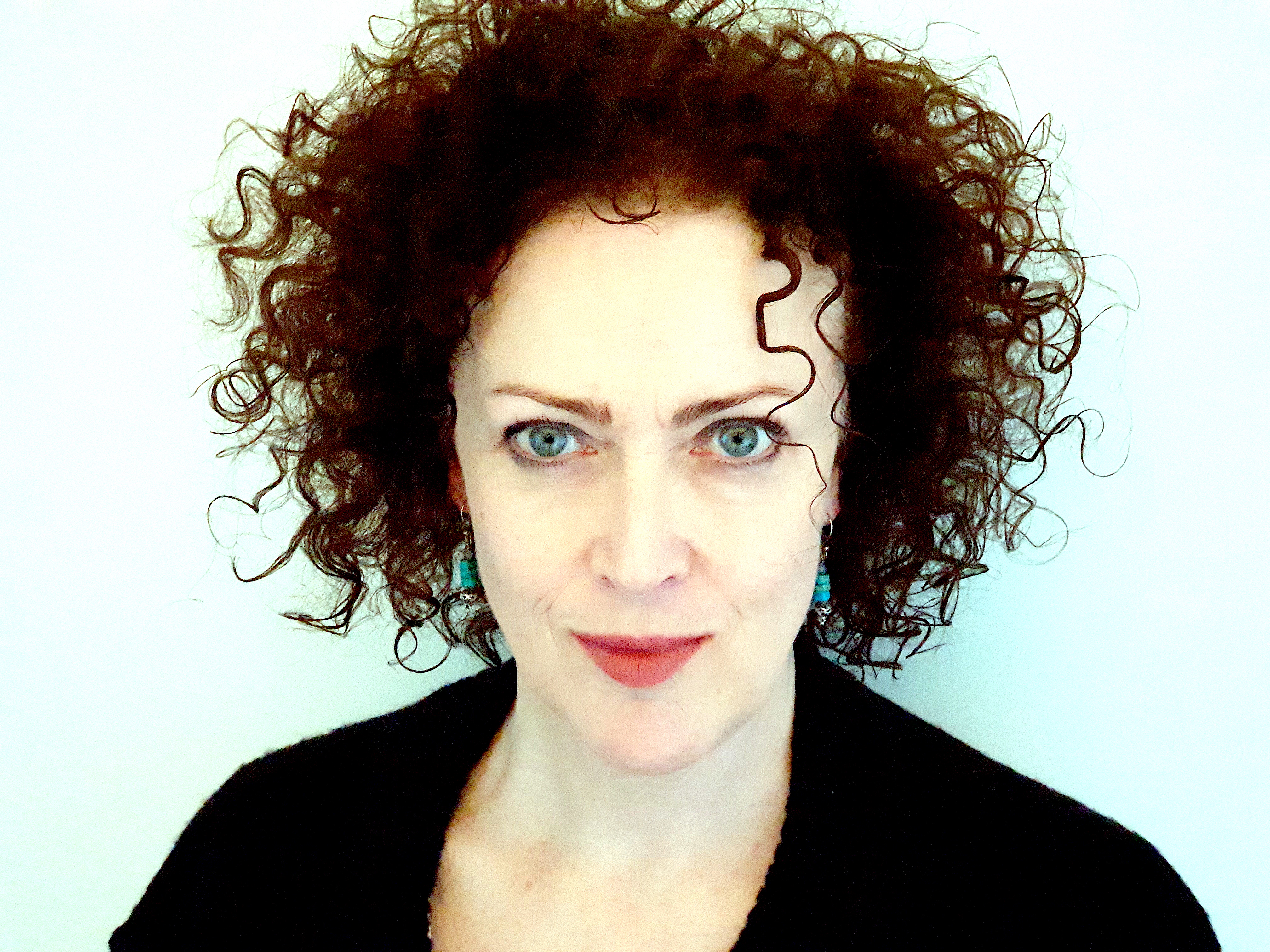
Before My Actual Heart Breaks by Tish Delaney (18 February)
In Before My Actual Heart Breaks, Tish Delaney wanted to tell a story about the "very ordinary lives being led behind the headlines of The Troubles in Northern Ireland”.
"I thought an unusual love story, set in the deep dark countryside of a County Tyrone border town, would be a good way to do that,” says Delaney.
The book’s central character is Mary Rattigan, who wants to leave Northern Ireland behind to pursue her dreams. But 25 years later, she’s got five children and has missed the steps leading to the life she hoped to live.
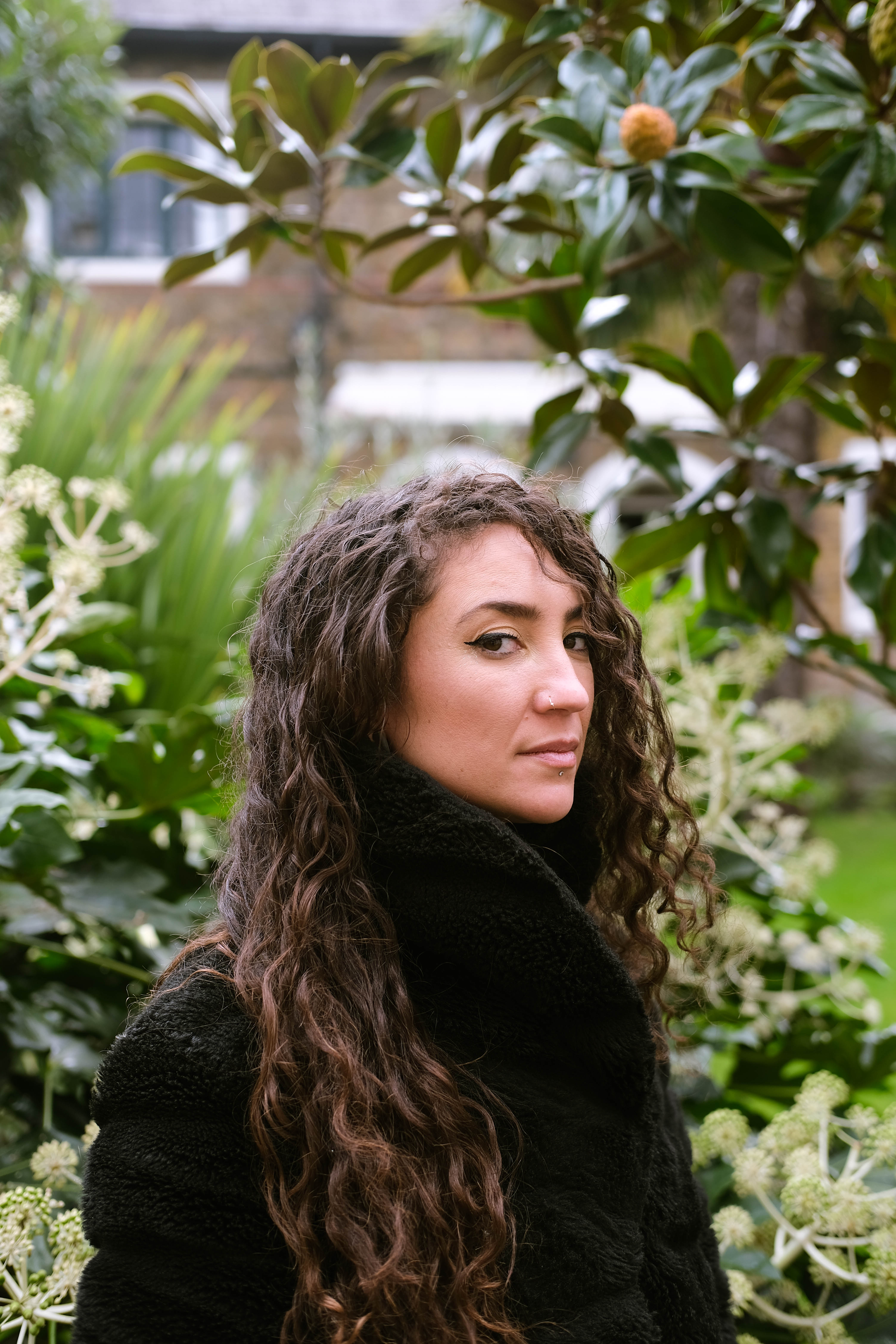
King of Rabbits by Karla Neblett (25 March)
Before she wrote her incendiary debut, King of Rabbits, Karla Neblett worked with vulnerable young people, such as those who had drink and substance misuse issues and as a Young Carers’ Officer. At 30, though, “I realised I was as miserable and skint as I was at the age of 19 so thought, 'Fuck it, I might as well try and become a writer because I literally have nothing to lose”.
King of Rabbits was the result: an extraordinary debut, it tells the beautiful and poignant story of Kai, who lives on a rural council estate in Somerset. Kai’s father is a criminal who leads his mother into crack addiction, and while he is raised with love by his grandmother and sister, it is the wilds of the woods that offer him refuge from a life of almost inevitable tragedy.
Neblett says she was “determined to write a book that my brothers and semi-literate father could pick up and read, with simple language, and with characters and an environment that they would recognise and that would resonate within them.”
“I want to represent our experience in the world of literature and books because I haven't seen it yet. I want to be a voice for my class, which mum and I know are the ‘underclass’. The class stuck in a cycle of needing benefits, of not achieving, of poverty and addiction and mental health.”
When the government brought out funding for postgraduate courses, Neblett applied immediately and went on to achieve an MA in Creative Writing from Bath Spa, where she won the Janklow & Nesbit Prize. She lives in Somerset, where she drew on her own upbringing to create her compelling narrative. In King of Rabbits, she has created a story of class, race and how our society fails young men.
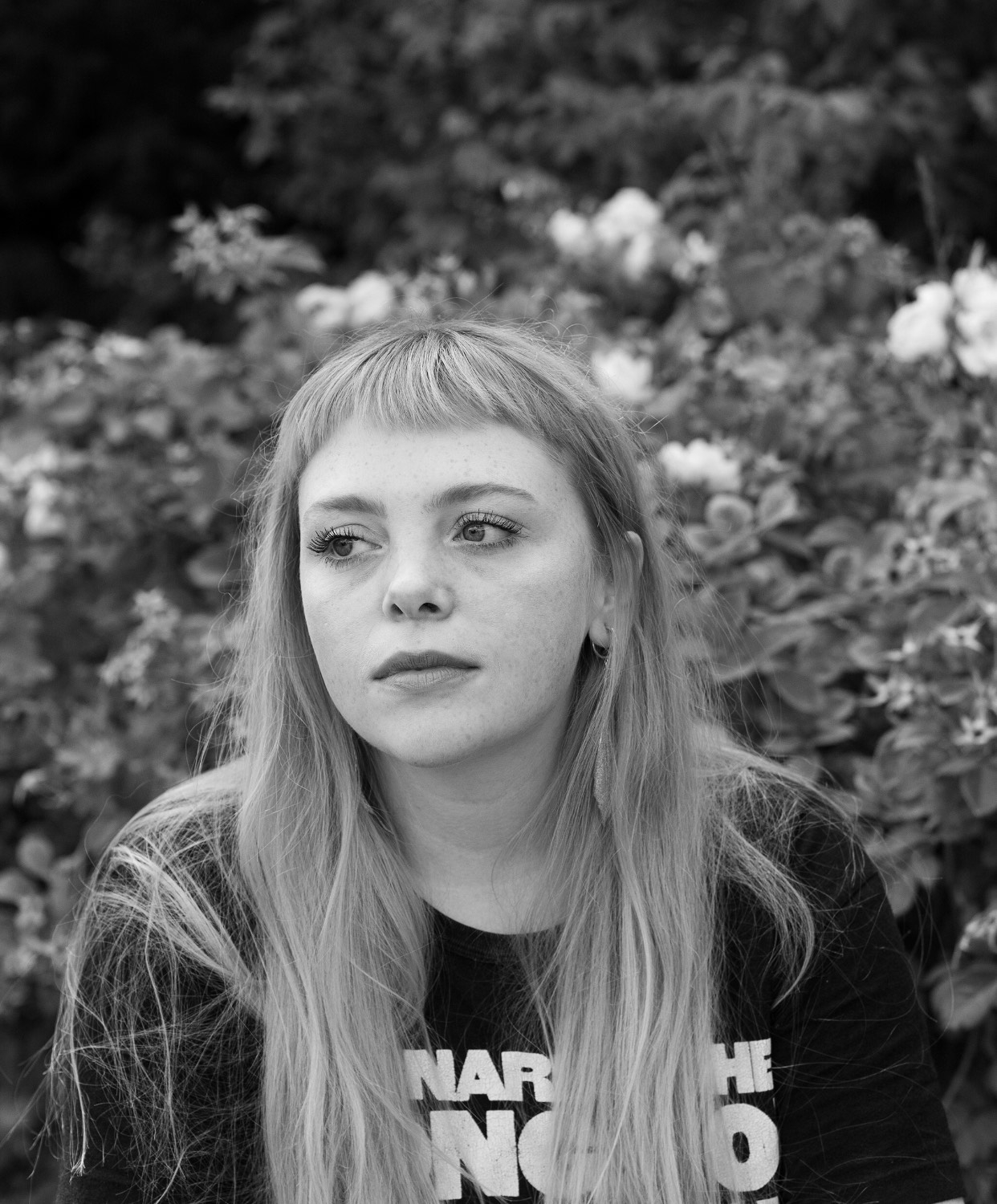
Acts of Desperation by Megan Nolan (4 March)
"I had exited a string of unhealthy romantic dynamics in my mid-20s and felt totally traumatised and blindsided by the way that both my partners and I had behaved,” Megan Nolan says about the time leading up to the writing of Acts of Desperation.
"Because I was so hurt by them it was easy for me to cast myself as the victim, but when I calmed down and really thought about them it was almost as though neither party had acted with any considered agency; it was more like this perfect storm of circumstances and defensive reaction that led to the hurt, rather than one person being the aggressor and one the receiver.
"I wanted to work through that, and I began to think about portraying a fictional unhealthy romance in unsparing detail to try to capture what those mysterious malign circumstances might be.”
Writing Acts of Desperation, which follows the narrator’s relationship with a man called Ciaran, Nolan she was "utterly convinced that every part of [the book] was appalling”.
"I was filled with intense shame almost all the time I was working on it, not because of the intimate subject matter but because I believed it to be worthless,” she says. "I had to learn to disbelieve that part of my brain every day and just get on with it.”
Thank goodness that Nolan did overcome that to produce Acts of Desperation, which works both as a brilliant story and a thought-provoking book about the nature of happiness.
"I wasn’t raised in any kind of conservative family environment at all and yet I still managed to grow up thinking that I needed to be loved by a man to be of any use to the world,” says Nolan. "As I slowly shed that assumption the world seemed much friendlier and more inviting.”
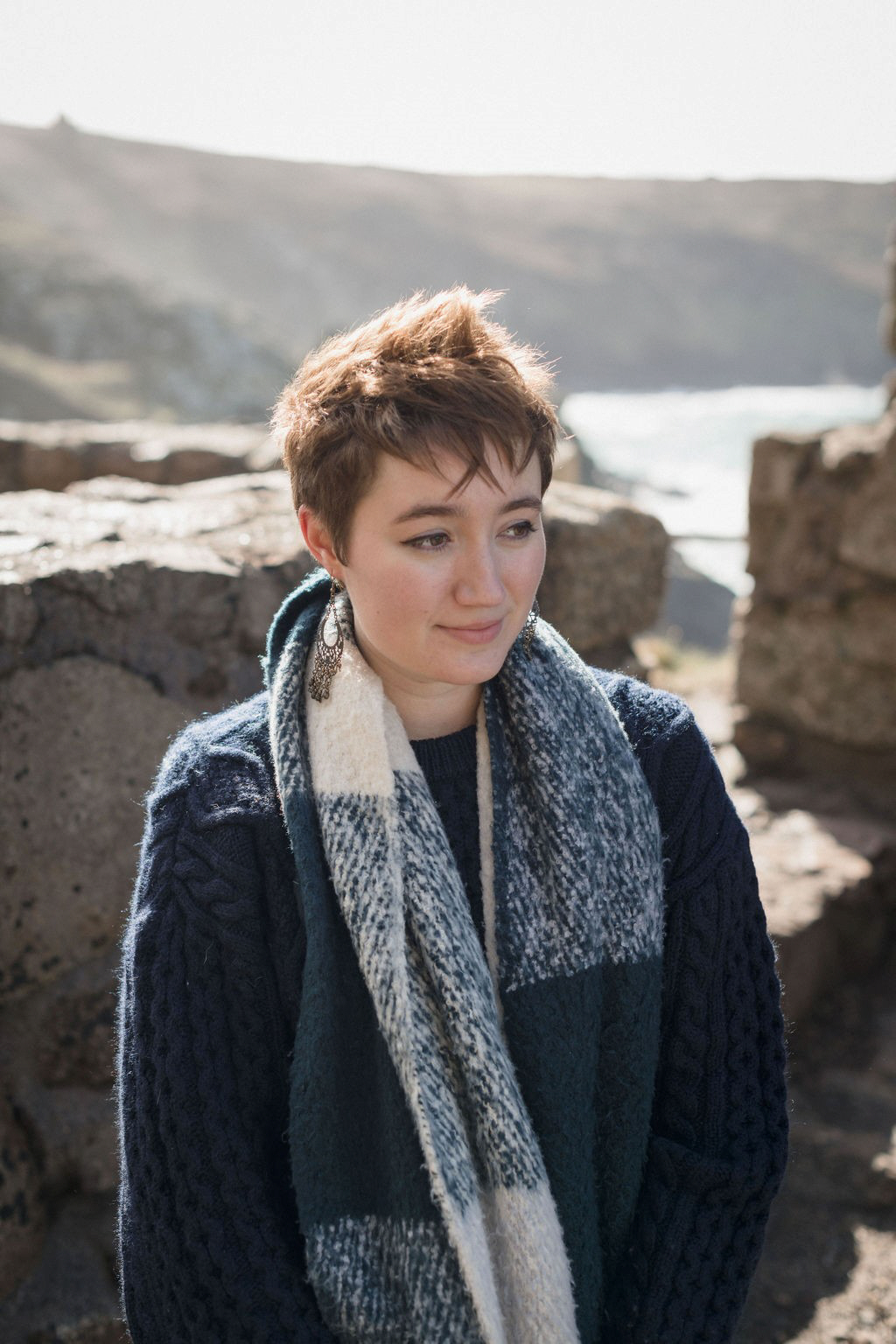
Tall Bones by Anna Bailey (8 April)
Anna Bailey’s Tall Bones opens at the tail end of a party taking place in the woods above a small town in Colorado, America. It is a location informed by the time Bailey spent living in the US.
"I lived there for a few years in a very claustrophobic environment, full of religious fundamentalism, deep-seated intolerance, and huge dusty landscapes that left you feeling alone on the edge of civilisation,” Bailey says. "It was beautiful and terrifying. I was trying to reconcile myself to it because I had decided to live there and was far too stubborn to admit I’d made a mistake, but I was a closeted lesbian hiding in some very pro-Trump communities, and I got to see a really dark side to that country. When I eventually got away, I knew I had to write about this, if only to try and make sense of things.”
Tall Bones is partially a mystery novel, asking what happened to missing teenager Abi. It’s also a look at being an outsider, at loneliness, intolerance, and at family. Bailey is, perhaps unsurprisingly, a fan of writers like Alice Munro and Elizabeth Strout. "I love the way they look at life, how they can tap into such specific feelings and experiences that you thought you’d been alone in having,” she says. "Often they write about lonely people, but as a lonely person reading it, you feel connected to other people’s loneliness, and I think that’s an incredible power to have as a writer.”
Bailey is currently working on her second novel, and has learnt that writing is like any job, “you have to show up for it”. For Tall Bones, Bailey says she was "tapping into a lot of pretty traumatic memories every time I sat down to write or edit". She continues: "That made me quite a difficult person to be around, I think. Writing isn’t a job you can leave at the office at the end of the day. You are always at work.”
That work, can often be lonely, but Bailey hopes that that after reading Tall Bones "somebody lonely [feel] less alone”.
"That, or 'I hope Netflix commissions a TV series of this'. I’m kidding. Or am I? A girl’s gotta eat."
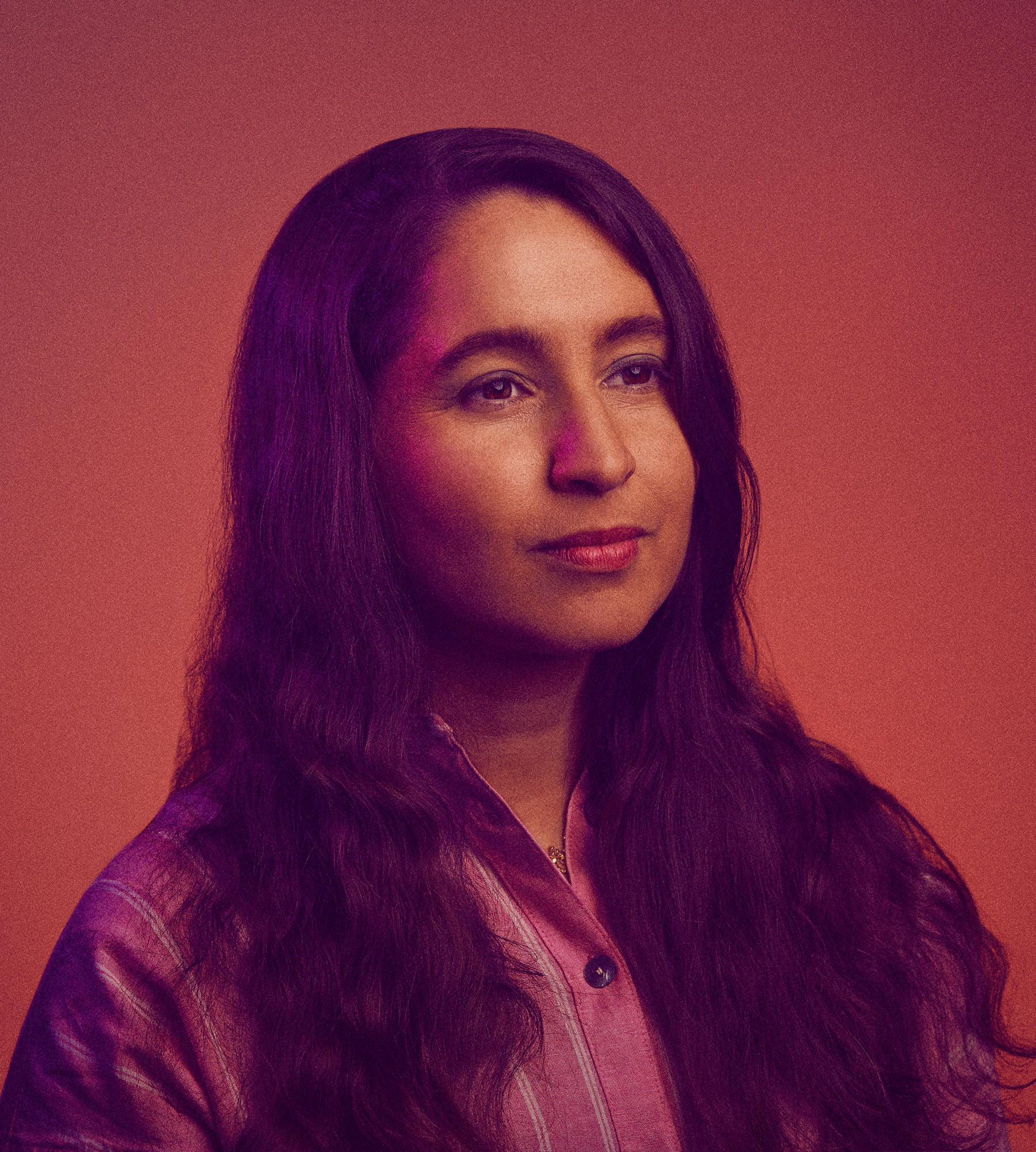
Fragile Monsters by Catherine Menon (8 April)
Catherine Menon’s Fragile Monsters is completely fictional, but it is based on her own family’s experiences in Malaysia during the Second World War.
"When I was small my father used to tell me stories about his childhood in Kuala Lipis, which I found fascinating,” she says. "It was only as an adult that I realised the significance of some of these stories: Kuala Lipis was the headquarters of the Japanese army in Pahang, following the invasion of Malaya.
"I began researching in the British Library, reading memoirs and interviews with people who’d lived through the invasion. Several of these narratives described the same events from completely different perspectives, and I became intrigued about how we choose our own truth when we recollect our histories.
"It was this idea of slipperiness – of a constantly shifting past, subject to our categorisations and curations – that inspired the dual narratives of Fragile Monsters.”
Fragile Monsters is about Durga and her grandmother Mary, a difficult woman to love. Stuck together in the rising heat on a visit Durga makes to Mary, the pair are forced to confront their family’s past and the secrets they’ve been hiding, including what happened to Durga’s mother, and why so many of the family disappeared during the war.
The novel is about history, politics and military events, but also about the nature of storytelling and how we interpret, and reinterpret, the past.
"Any novel dealing with these events has to do justice to the stories of individuals, as well as historical truths,” says Menon. "It was therefore hugely important that I tell the story in the right way, that I didn’t diminish the complexities and moral difficulties of life under invasion and civil war. I learnt how to respect the emotional truth of original narratives, while at the same time transposing that truth to fictional events."
How we look at history, and how it relates to our present, seems more relevant than ever at the moment, and it’s something that Menon hopes we’ll think about after reading Fragile Monsters.
"We’re often encouraged to believe that there’s one correct view of history – whether that’s global or personal – and all that it needs is to be dug out,” she says. "I don’t think that’s true, and I hope readers feel that Fragile Monsters has given them a perspective on how important our individual stories are in themselves."
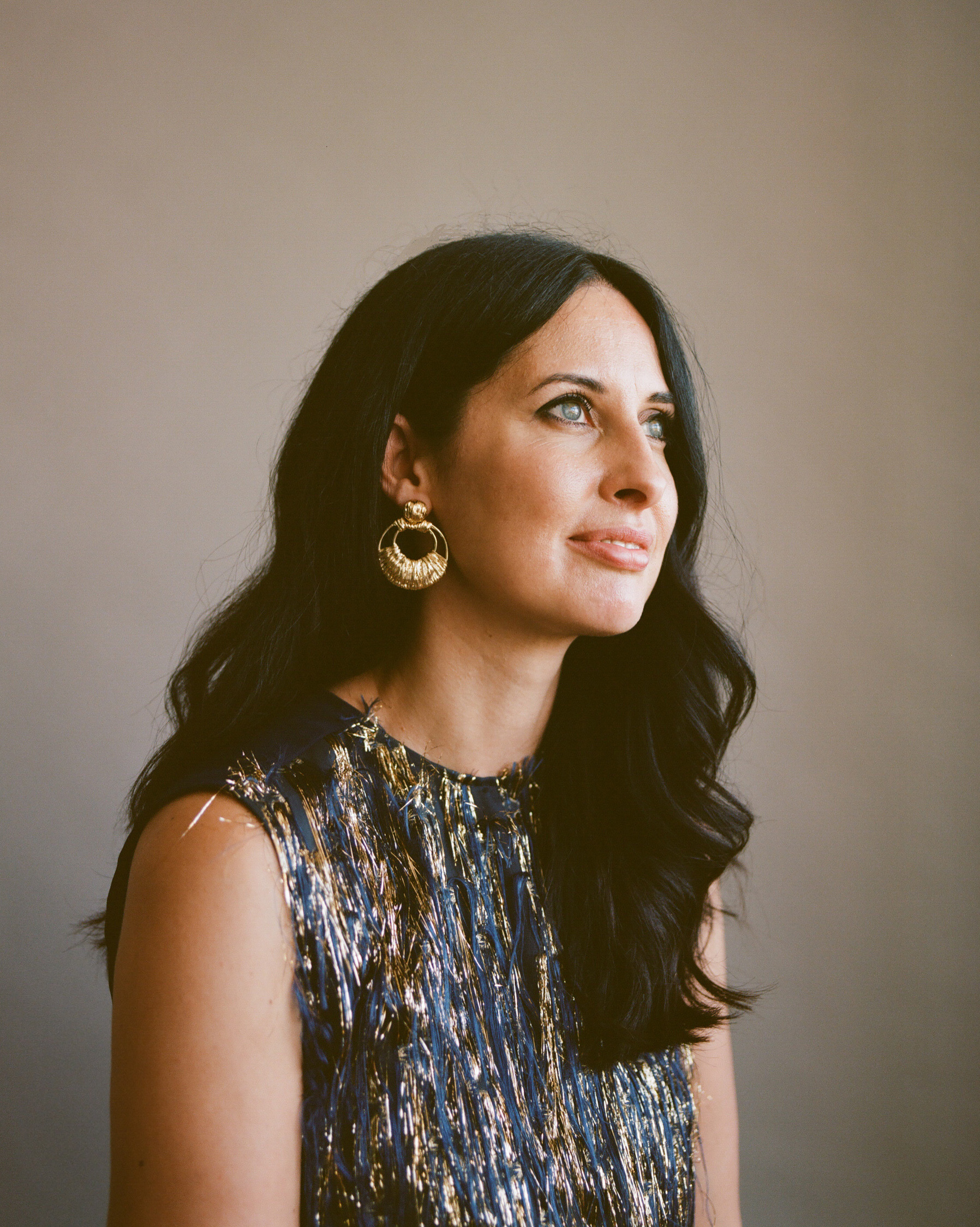
Another Life by Jodie Chapman (1 April)
Jodie Chapman has always been a keen observer of romance. Before embarking on her finely captured debut novel, Another Life, she spent 10 years as a wedding photographer. The novel is ostensibly the story of Nick and Anna, who fall in love young, and then out of it. When tragedy brings them back together, they must contend with the baggage of adulthood as well as their feelings. The novel has won Chapman comparisons to Sally Rooney and Ian McEwan’s Atonement, and discussed on BBC2 Between the Covers.
Chapman was inspired to write the book, she told Penguin.co.uk, from an unlikely place: watching her two “very different” sons play and observing the dynamic between them, as well as her own lived experience. “Nick and Anna’s story arrived fully formed, and although Anna is fictional, I drew on my upbringing as a Jehovah’s Witness,” she says.
When she wants to unwind, Chapman re-watches Mad Men, the sumptuous drama set in an advertising company in mid-century New York. With Another Life, she says she “wanted to capture the mood of the Mad Men episode when Don Draper pitches to Kodak. He shows a slideshow of photos from his life, and says how “in Greek, nostalgia literally means ‘the pain from an old wound’. It’s a twinge in your heart far more powerful than memory alone.” I wanted to write that feeling.”
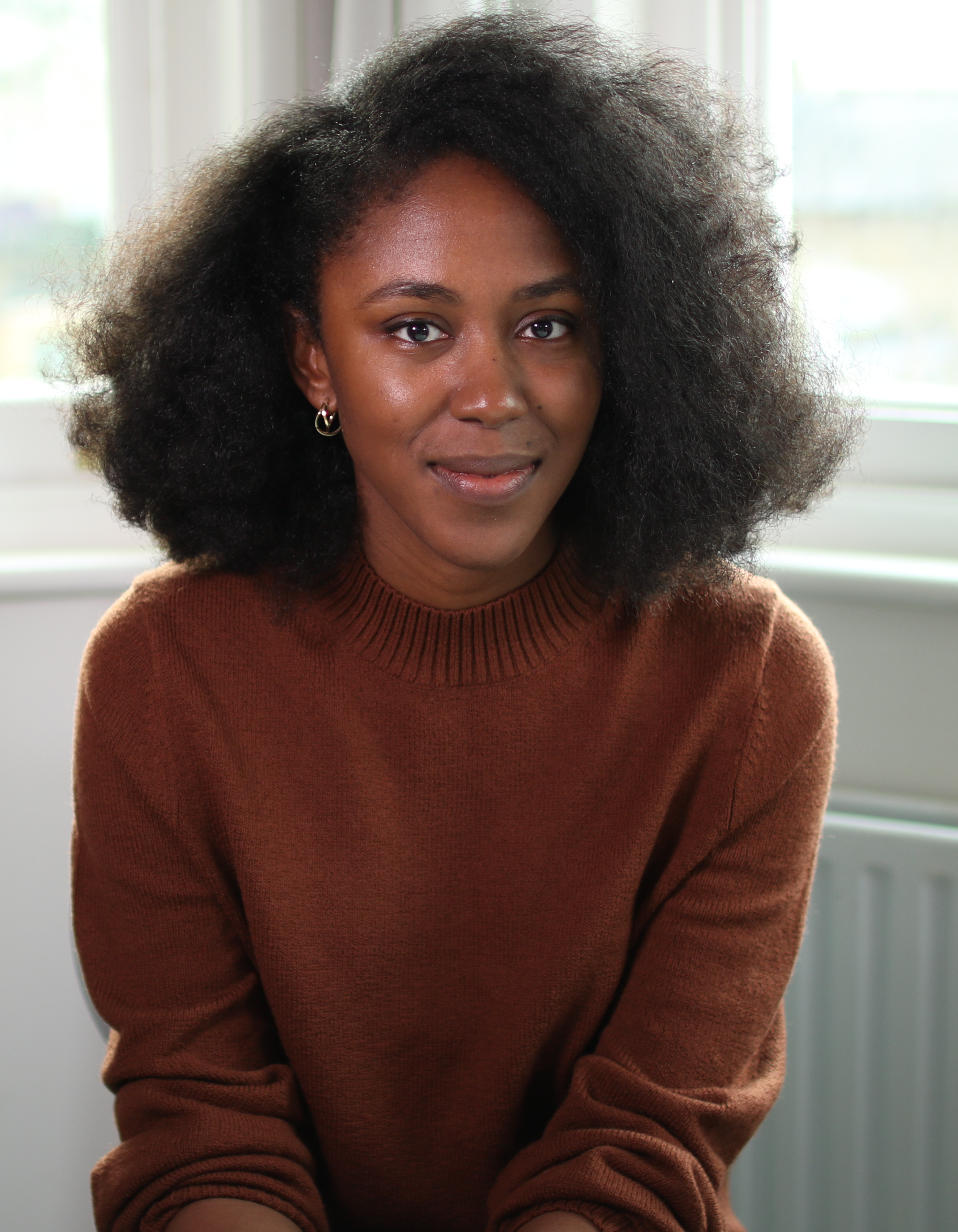
Assembly by Natasha Brown (3 June)
If you’ve loved the BBC drama Industry, about graduates making their way in the city, then Natasha Brown’s Assembly should be at the top of your reading list.
The novel’s narrator is an unnamed Black British woman who has been navigating the world of investment banking, her boyfriend’s political ambitions and her friend’s lean-in feminism, until one day, she faces a life or death decision.
"I was trying to capture the claustrophobia of the narrator’s world, and the hostility of it – how it felt for her to exist, and to succeed, as a black woman working in the City,” says Brown. "That stifling, pressurised entry point propelled the novel, and its narrator, forward.”
Brown read bell hooks’ essay 'Postmodern Blackness' as she came to finish writing the book, finding it a “challenging, energising” read that encouraged her "to take risks with the form and approach".
"I learnt so much about the nuts and bolts of how narratives are constructed," says Brown of the process of writing the novel. "It’s strange when I think about it, but also exciting and empowering that words can communicate a story and create characters who ‘feel’ real.
"In deciding which details to note, the nuances of a voice, even when to mention the weather, I was learning how the smallest choices alter the overall effect.”
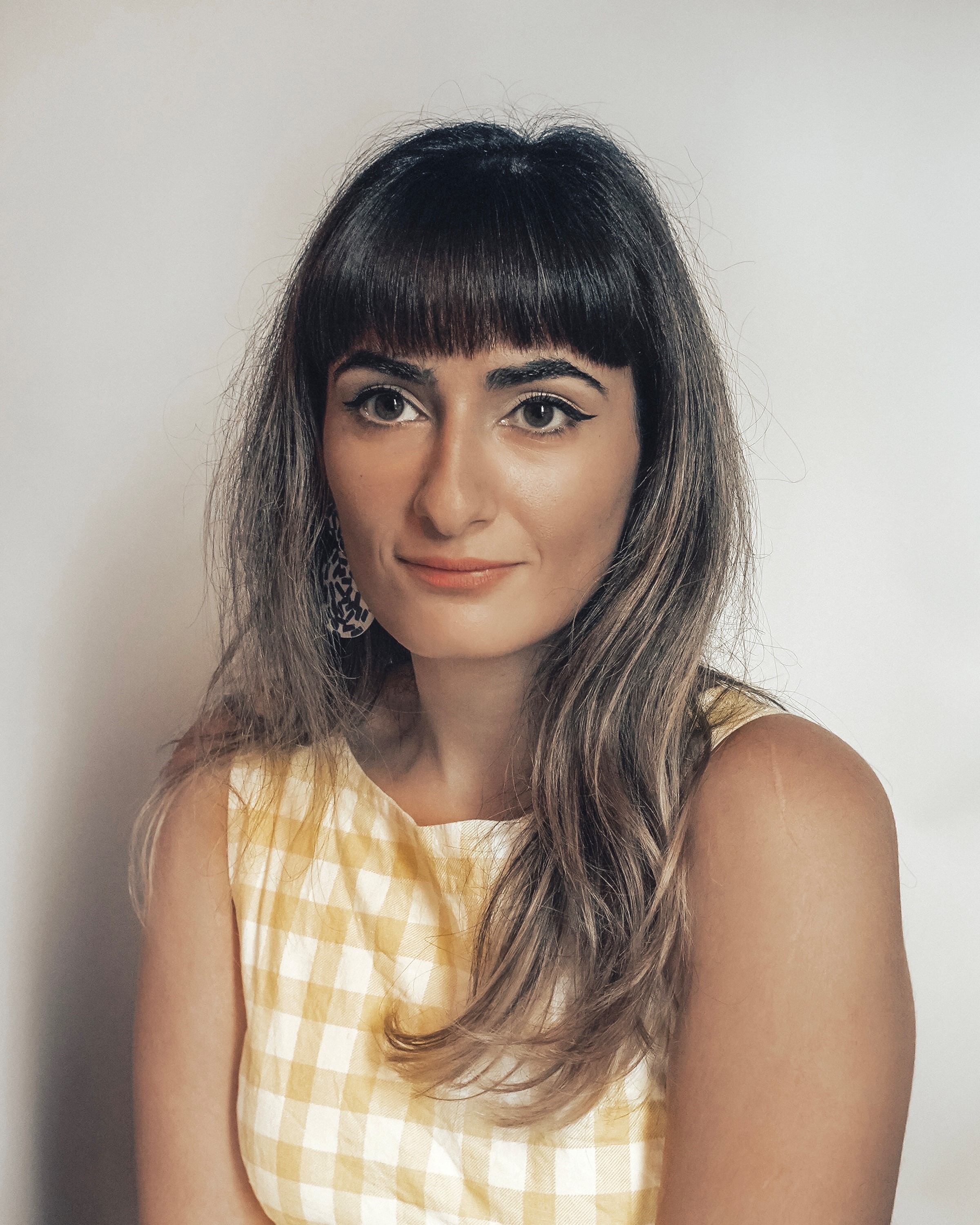
The Mismatch by Sara Jafari (24 June)
For decades – centuries, even – large swathes of people haven’t been represented in romance novels. That’s slowly changing, with writers including Talia Hibbert, Justin Myers and Kevin van Whye. Joining their ranks is Sara Jafari, whose novel The Mismatch came about because she never felt seen in books.
"I very distinctly remember searching Amazon as a teenager for books with Iranian protagonists, exploring being between two cultures, and I came up with nothing,” she explains. "Even today, I still feel there aren’t anywhere near enough books by British Iranians being published, and I think it’s so important to see yourself reflect in the books you read. I recently read a book by an American Iranian author and the experience of feeling ‘seen’ for the first time is so special. It’s my hope that my book helps other people feel seen too.”
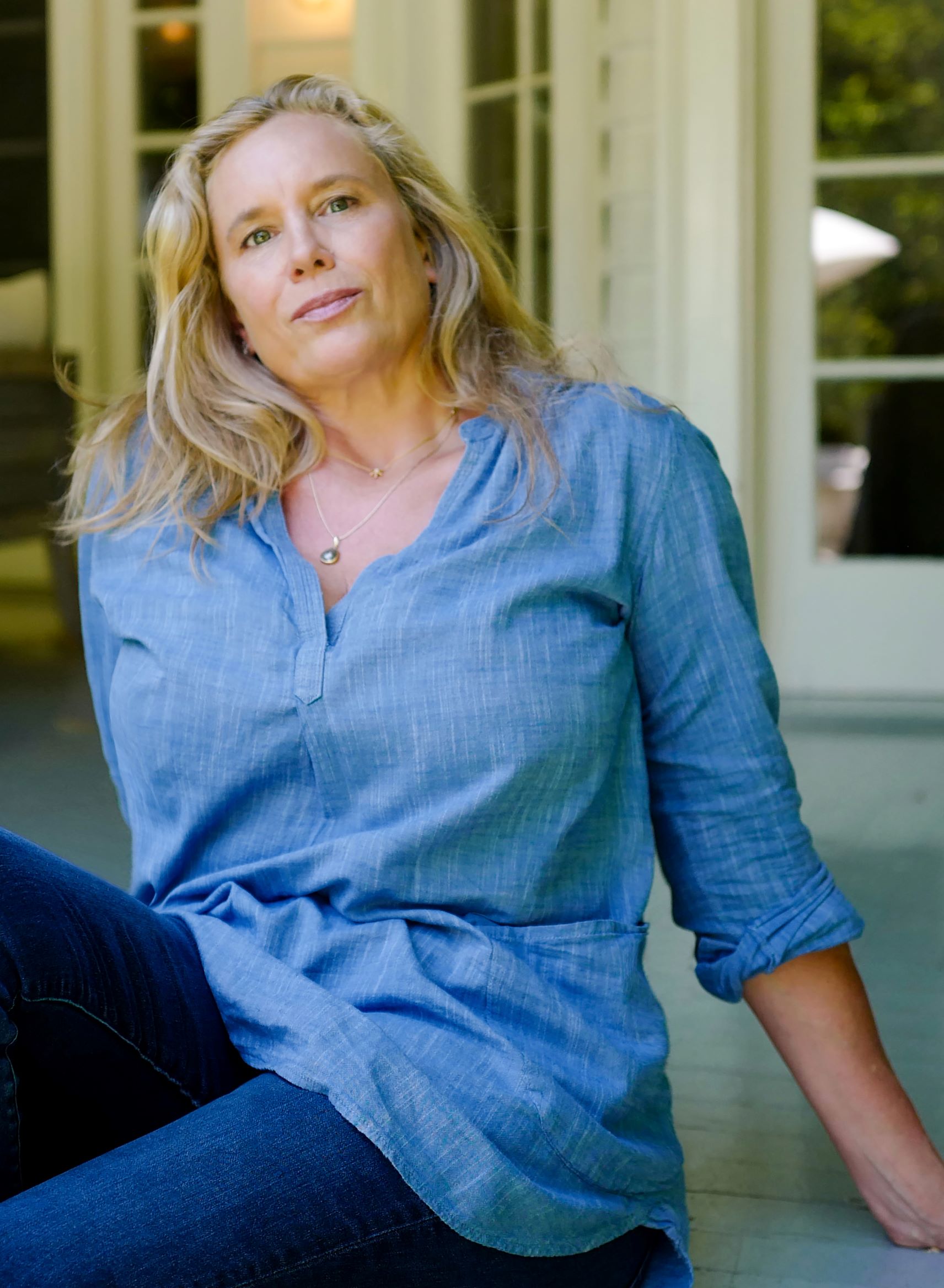
The Paper Palace by Miranda Cowley Heller (8 July)
Miranda Cowley Heller knows what makes a good story. As senior vice president and head of drama series at HBO for a decade, she oversaw and developed television shows including The Sopranos, Six Feet Under and The Wire. And now she’s turned her attention from finding great stories by other people to writing a great story herself.
The Paper Palace began because of the author’s musings with some artists about painting and plasiticity, leading Cowley Heller to think about the difference between what we imagine something is and what it actually is.
"Aren’t there two sides to every story?” Cowley Heller asks. "This story takes place over a single day and fifty years. Two distinct story-lines, one story: 24 hours in a woman’s life, and the moments in her life that have led her to this day and the decision she must make.
"Hours and years move forward toward each other like perspectival lines, until the past and present finally reach the same point on the horizon, when Elle Bishop will have to decide between the life she has made with her very excellent and genuinely beloved husband Peter, and the life she has always imagined she wanted with Jonas.”
Cowley Heller’s protagonist is challenged in the novel, and the author hopes that readers will also be challenged, as well as “satisfied, upset, fulfilled, in love – and that the story raised questions for them that have no easy answers, but are worth asking”.
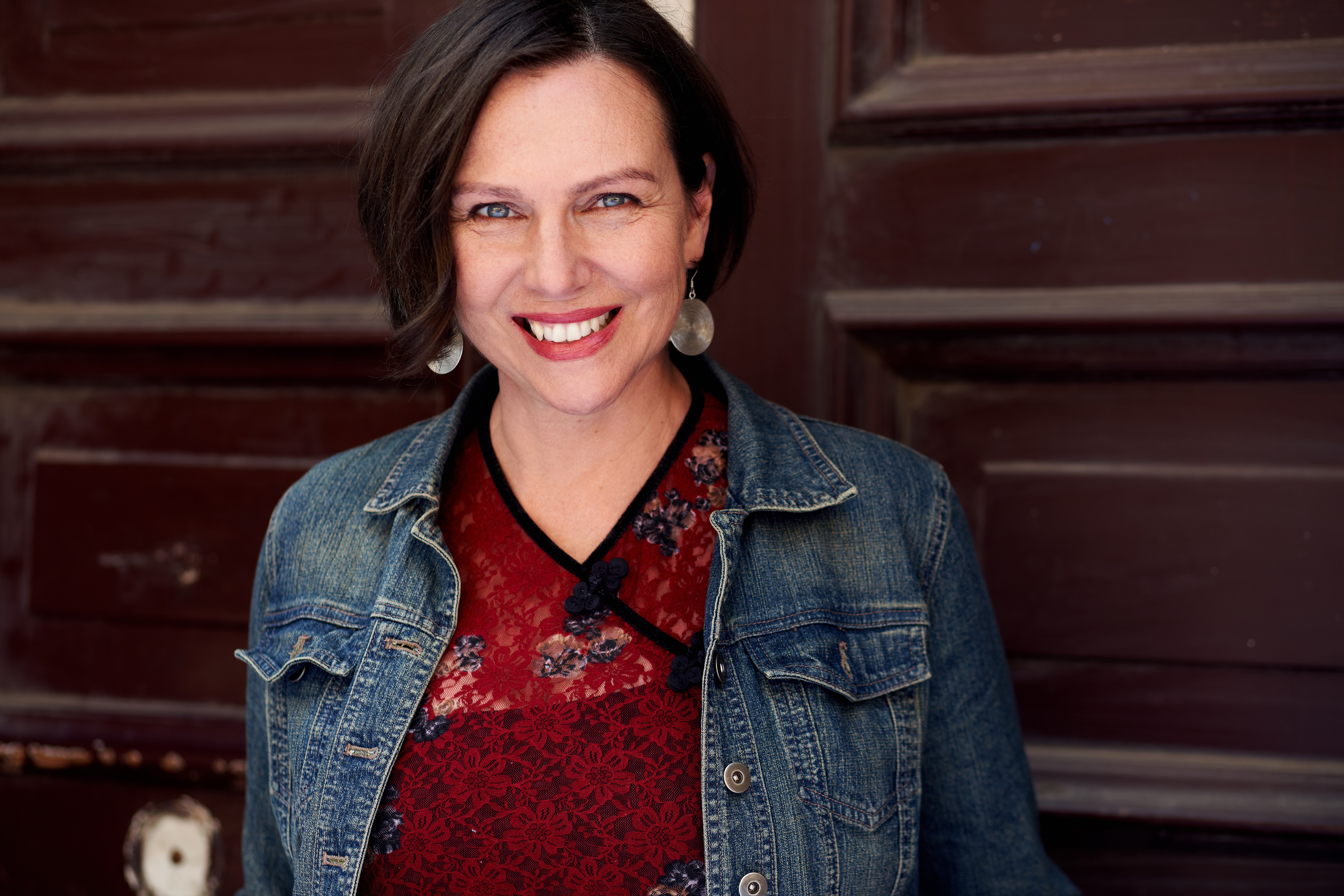
The Dictionary of Lost Words by Pip Williams (4 April)
It’s almost irresistible, while reading Pip Williams’ vivid debut, not to try and look up the history that informed it. For bookish people, dictionaries are something that just always have been such a part of the furniture that it’s difficult to imagine a world without it. It was, of course, written – and perhaps more recently than you think. Williams takes us back to Oxford of the late 19th and early 20th centuries to explore the creation of the Oxford English Dictionary – and whose voices were not included or deemed worthy of making the cut.
“I was talking about women and women's words and experiences not being seen or heard,” Williams tells Penguin. In Australia, where Williams lives, the book became a bestselling sensation, something she thinks has to do with the fact that the pandemic year sharpened a sense of underlying social inequality.
But Williams is also keen to point out that The Dictionary of Lost Words is a love story: “it doesn't sort of follow the usual love story line but there's a whole lot of love in there.”
Williams is a social science researcher, and noticed after following a curiosity in the writing of the dictionary that “everybody involved was a man”. “The one think I kept thinking was that their method was fundamentally flawed, because most importantly, all of the evidence that they were using came from one source, and that source was written text. At the time, the large majority of things were written by men. Whether you like it or not, the dictionary had to be gendered.”
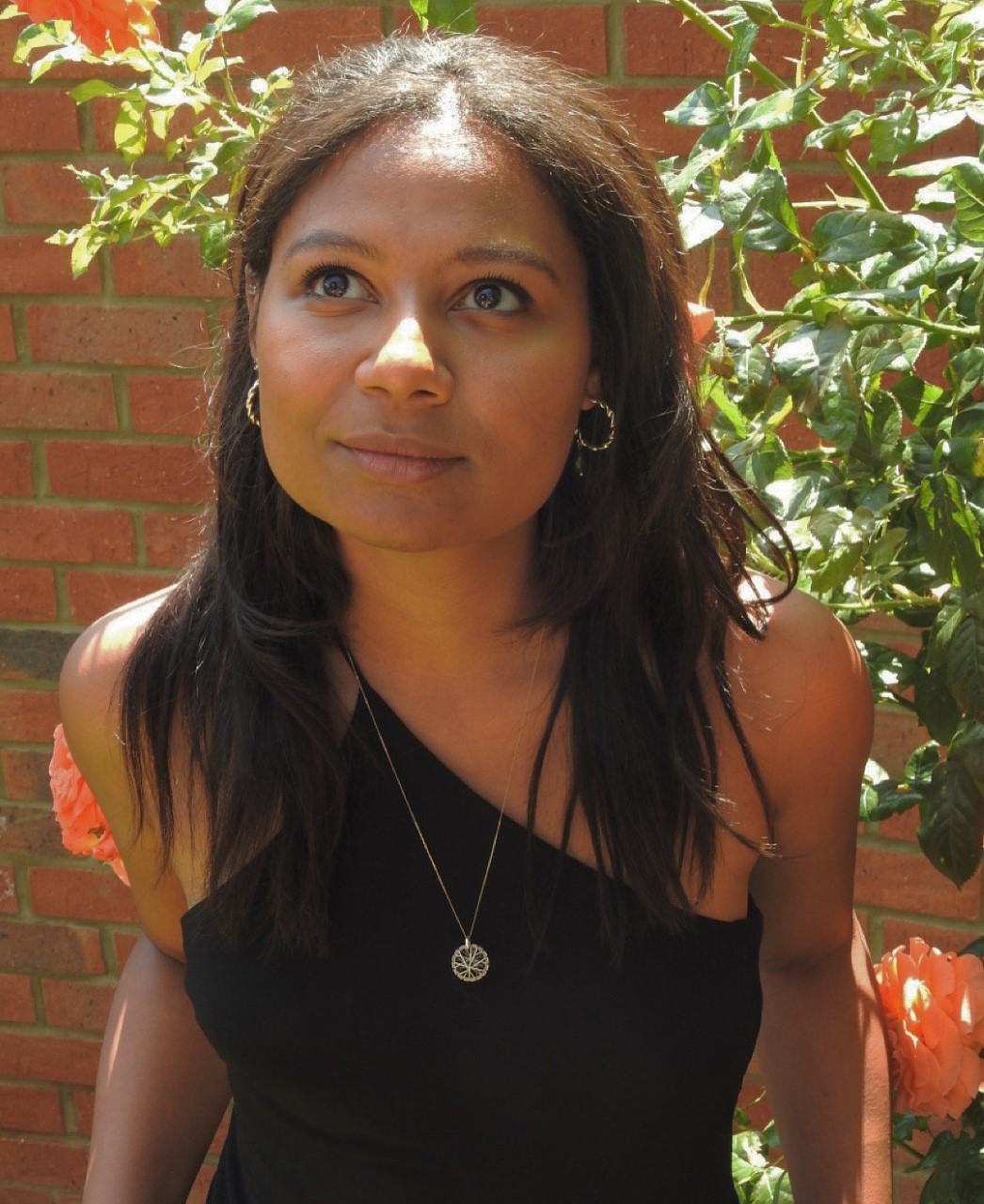
Three Rooms by Jo Hamya (8 July)
When Jo Hamya began Three Rooms, it was a very, very different to novel to what it is now.
It was, says Hamya, "originally meant to be a psychogeographical bildungsroman about a cohort of boys who would grow up to be allegories of the neo-Conservative politicians prominent in Westminster since 2010”.
At that time the rooms of the title were Eton, Oxford and the Houses of Parliament. Hamya found, however, that she couldn’t sustain an interest in the plot, but was still "interested in the question of how certain rooms and buildings breed either privilege or its reverse in England”.
So Three Rooms is now the story of a young woman as she moves from a rented room while working at Oxford University, to couch surfing as a casually contracted worker at England’s last society magazine, before ending up, jobless, on a train back to her childhood bedroom. But it still contains some of the thoughts and ideas of the book she first began.
"Much of the news cycle between 2018 and 2019 revolved around questions of nationalism, class, and how individuals should inhabit room or land allowed them by the former two,” says Hamya. "I was also dying to write a novel that could be formally inventive and true to how digital technology and social media arrange people’s thoughts.”
Hamya’s writing process meant she tried to exist in the world of the novel as far as possible. "Very honestly, I don’t think I learned anything particularly profound [while writing], other than that writing is hard, and I like doing it,” she says. "I purposefully closed myself off to the things usually I learn from in order to maintain consistent style and content: people, books, travel, art, social media. I sat in one spot and re-read the same four books obsessively; referred only to a file of articles and tweets around the news in England between September 2018 and 31 October, 2019.
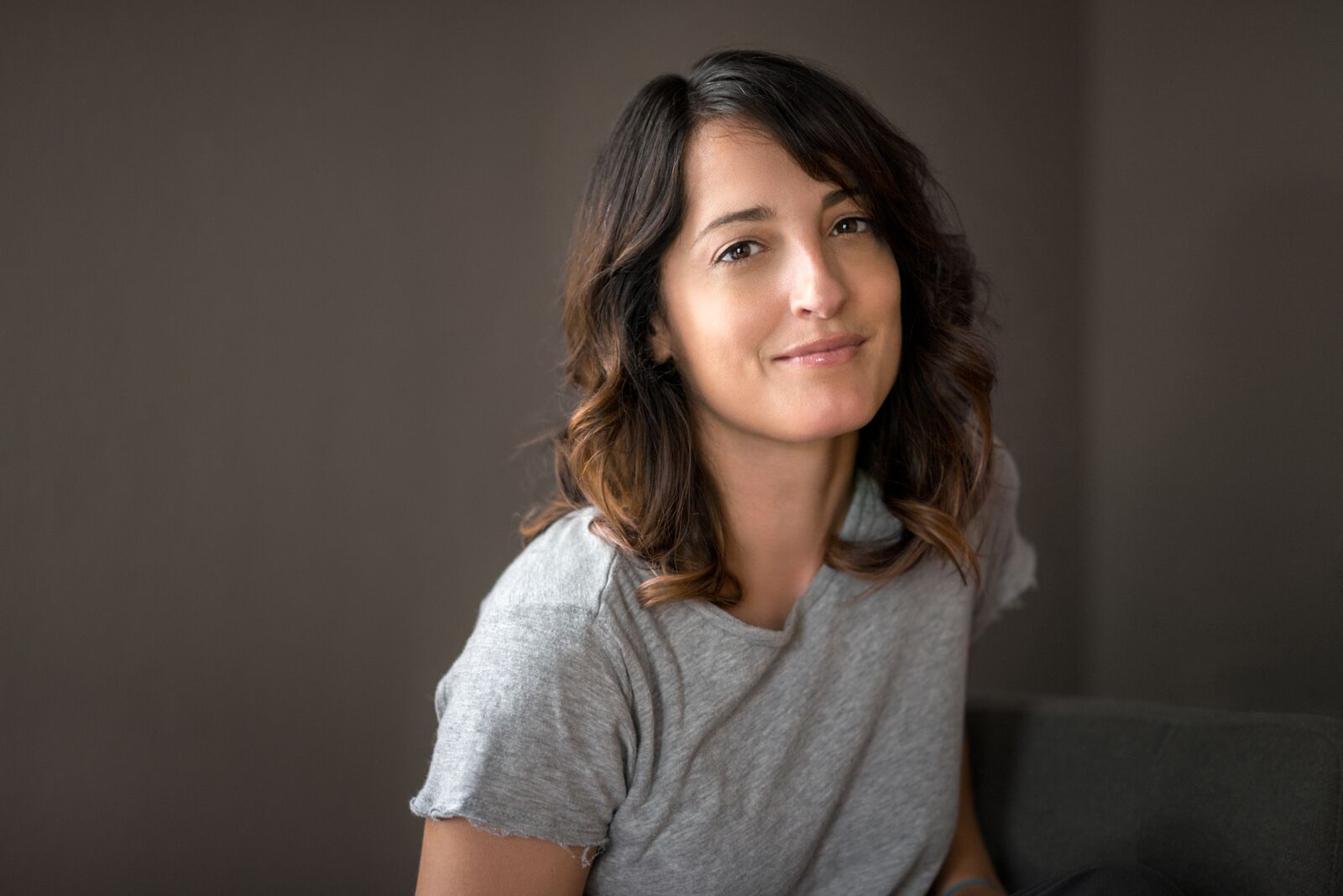
Nightbitch by Rachel Yoder (22 July)
It’s not entirely clear if life imitated art, or art imitated life for Rachel Yoder, so much as life and art colliding in a book so provocative, honest and challenging that it is already being adapted into a Hollywood film starring Amy Adams. Yoder’s titular Nightbitch is the canine-like creature who emerges from an artist and young mother who struggles to make time for her own needs.
“I stopped writing for two years after I had my son, sent into a sort of creative shock from the intensity and mind-numbing monotony of being at home with an infant and toddler 24/7,” Yoder says. “When I began to write again, I was determined to draft a book and publish it, determined to claw my way out of the sludge of motherhood and get back to my writing self which I had missed so desperately. Nightbitch was motivated by my own experience of early motherhood: the loneliness, isolation, and lack of support.”
Nightbitch, which was first published in America, where Yoder is from, has already won acclaim from authors such as Jenny Offill ('Feral, unholy... Nightbitch is an incredible feat’) and Carmen Maria Machedo (‘'I've been waiting my whole adult life for a read like this. Brave and madly
brilliant - I devoured it”). Yoder explains that her debut “is about that experience that so many new moms have of losing yourself to your child and to motherhood, while at the same time retaining this fundamental need to have a life and be a self apart from the domestic sphere. In Nightbitch's case, she loves her child and loves that she can be home with him for his earliest years, but she refuses to give up on her dreams. Instead, she must fight for them. It's weird and brutal and messy, but it's how she finds her way back to herself.”
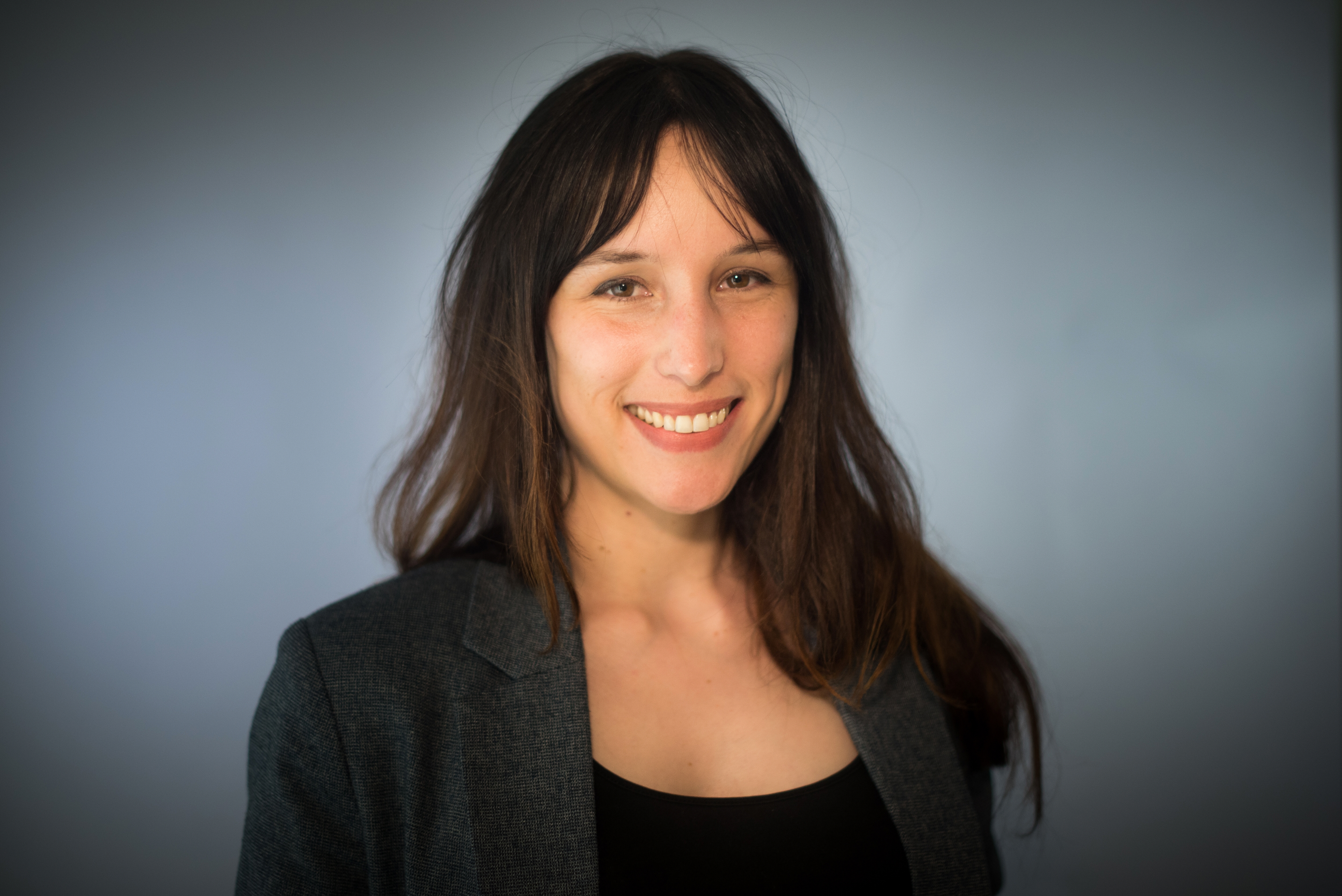
The Mad Women’s Ball by Victoria Mas (17 June)
Sometimes, truth is stranger than fiction. So French author Victoria Mas found after stumbling upon The Mad Women’s Ball, an actual soiree that took place at the Salpetriere asylum in the late 19th century, where the Parisian elite mingled with the women who were recuperating there. “I was surprised that the real 19th century events were very little-known, if not at all,” says Mas. “I wanted to shine a light on those women and tell their story.”
As Mas explains, the novel tells the story of Genevieve, head nurse at the Salpêtrière Hospital in late 19th century Paris, who has been watching over hysterical women for 20 years. “The arrival of a new patient will change her convictions and her fate.”
Mas lived in the United States for eight years, where she worked in film. Her first novel has already had quite the lift-off, winning several prizes and being hailed as the bestselling debut of the season. She wrote The Mad Women’s Ball after researching the period and the details, before building the characters and the storyline. “Writing about the late 19th Paris was both scary and riveting,” she says.
What did you think of this article? Email editor@penguinrandomhouse.co.uk and let us know.